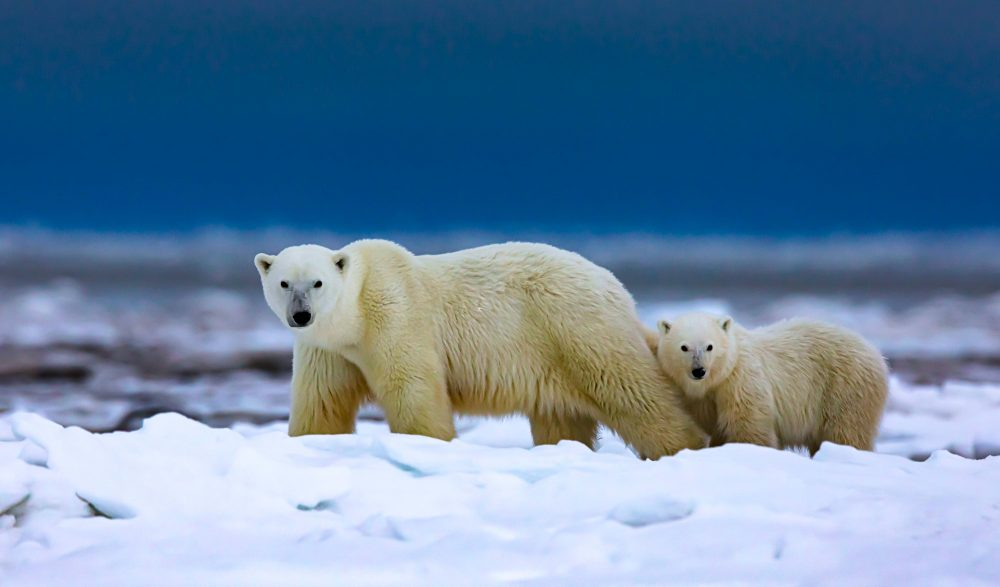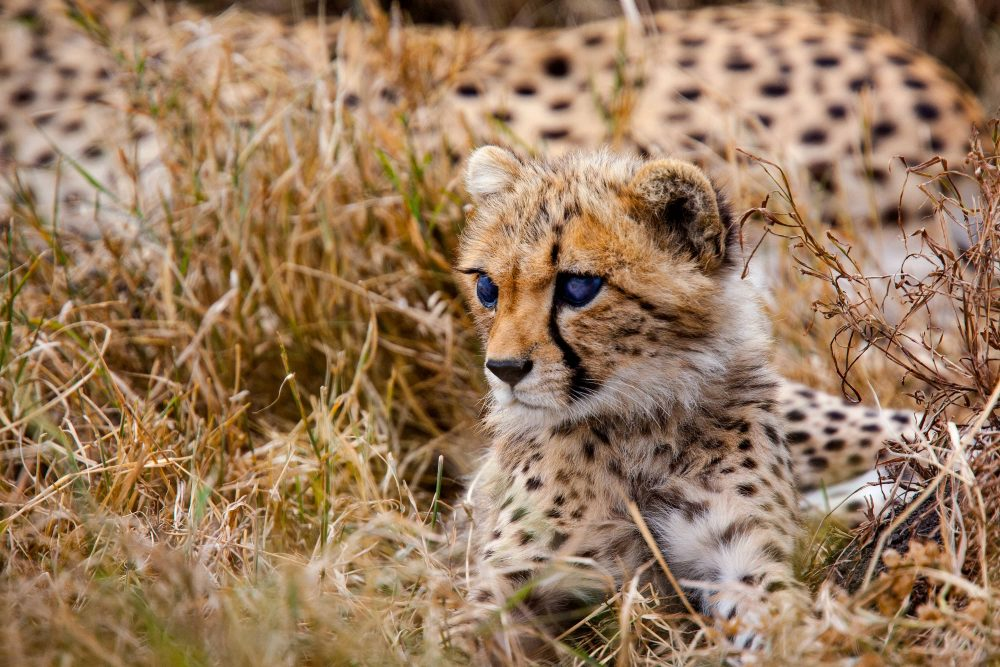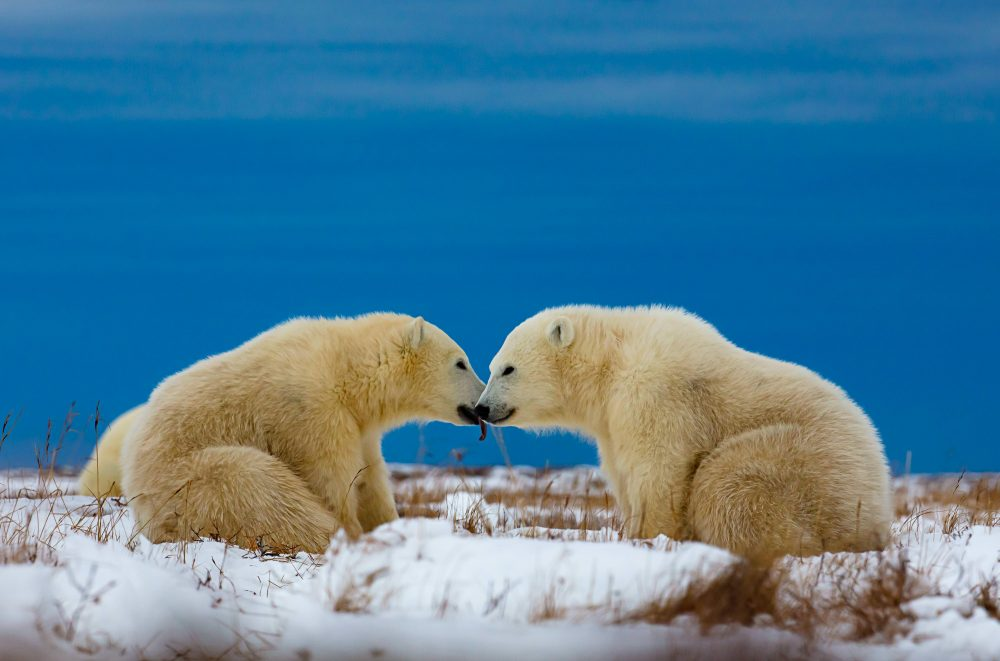Every wildlife photograph is the result of a journey, an intricate process that begins long before the shutter clicks and continues long after the image is captured. For Marko Dimitrijevic, creating a memorable wildlife photo involves careful planning, patience in the field, technical skill, and meticulous post-processing. Understanding this workflow provides insight into the artistry and discipline behind each shot.

Planning the Expedition
The first step in Marko’s process is preparation. Choosing the right location, understanding animal behavior, and timing visits based on seasonal patterns are essential.
“In Africa, I plan months in advance, tracking migration routes and breeding seasons,” he explains. “Knowledge is power, understanding the habits of the animals allows you to anticipate moments rather than chase them blindly.” Research also includes weather patterns, terrain, and accessibility, ensuring that each expedition maximizes opportunities for both wildlife observation and photography.
Equipment Check
Before entering the field, Marko meticulously checks his gear. Cameras, lenses, tripods, and accessories must be in perfect working order. Backup batteries, memory cards, and protective cases are essentials for long trips in remote locations.
“Fieldwork is unpredictable,” he notes. “Equipment failures can ruin a shoot, so redundancy and preparation are key.” Each piece of gear is selected not just for quality but for durability in extreme environments, from the sweltering savannas to freezing Arctic tundras.
Observing and Waiting
Once in the field, patience becomes the photographer’s most valuable asset. Wildlife photography is less about movement and more about stillness, observation, and anticipation. Marko spends hours quietly watching, listening, and learning the rhythms of his subjects.
“You often wait for days to capture a single moment,” he says. “A lion’s yawn, a bird taking flight, or a polar bear emerging from the mist; these are fleeting and unpredictable. Being ready requires discipline and respect for the animals’ space.”
Capturing the Moment
When the moment arrives, technical expertise comes into play. Choosing the right shutter speed, aperture, ISO, and focal length ensures that the image reflects both the subject and the environment authentically. Composition, light, and perspective all combine to convey a story rather than just a record of an animal.
“Timing is everything,” Marko emphasizes. “You must balance instinct and knowledge, adjusting to the scene in real time. The camera becomes an extension of your observation and understanding.” The goal is to capture more than an image to capture a story, a mood, and a connection with the wild.
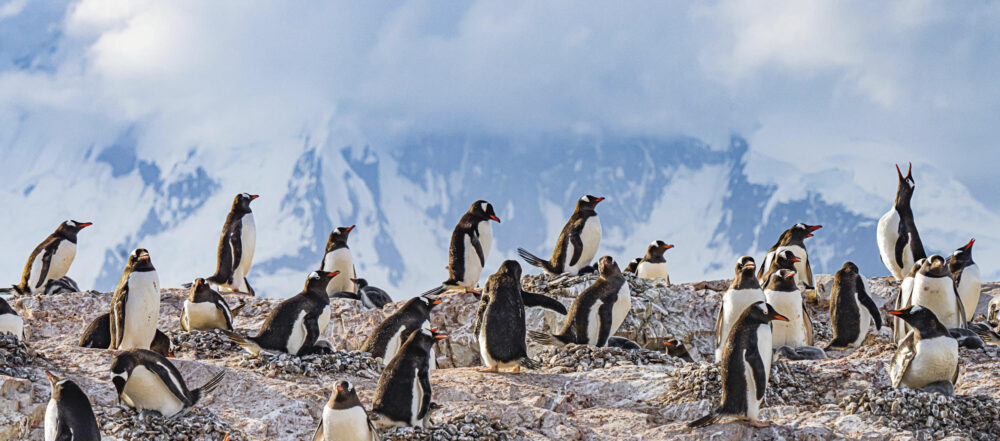
Managing Environmental Challenges
Extreme weather, shifting light, and unpredictable animal behavior present constant challenges. Marko adapts by using natural cover, adjusting camera settings, and sometimes repositioning for a better angle while maintaining ethical distance.
“Photography in the wild is about flexibility,” he explains. “You can’t force nature to behave as you wish; you adapt, observe, and anticipate.” Overcoming these challenges requires patience, creativity, and a calm approach, all of which are integral to capturing memorable wildlife photographs.
Post-Processing: Refining the Vision
After returning from the field, the process continues in post-production. Editing software allows photographers to enhance exposure, contrast, and color balance while maintaining authenticity.
“Post-processing is about translation, not creation,” Marko says. “I enhance what I see, not what I imagined. The goal is to convey the moment as accurately and evocatively as possible.” Cropping, noise reduction, and selective adjustments bring clarity and focus to the image, emphasizing storytelling without compromising reality.
Selecting and Curating
Choosing the right image from hundreds or even thousands of shots is another critical step. Marko selects photos that tell a story, capture emotion, and showcase the animal in its environment. Not every technically perfect image makes the cut; narrative and impact are paramount.
“Sometimes a slightly imperfect frame with emotion or context is far more powerful than a technically flawless but sterile shot,” he explains. “The photograph must resonate with viewers, evoking awe, curiosity, or empathy.”
Sharing the Story
Finally, the image reaches its audience through exhibitions, publications, online platforms, and social media. Photography is not just a personal pursuit it is a medium to educate, inspire, and advocate for conservation. Each photograph carries the story of the animal, the habitat, and the effort required to capture it.
“Every photo is a conversation between the wild and the viewer,” Marko reflects. “It’s an opportunity to connect people to places and creatures they may never experience firsthand, fostering appreciation and responsibility.”
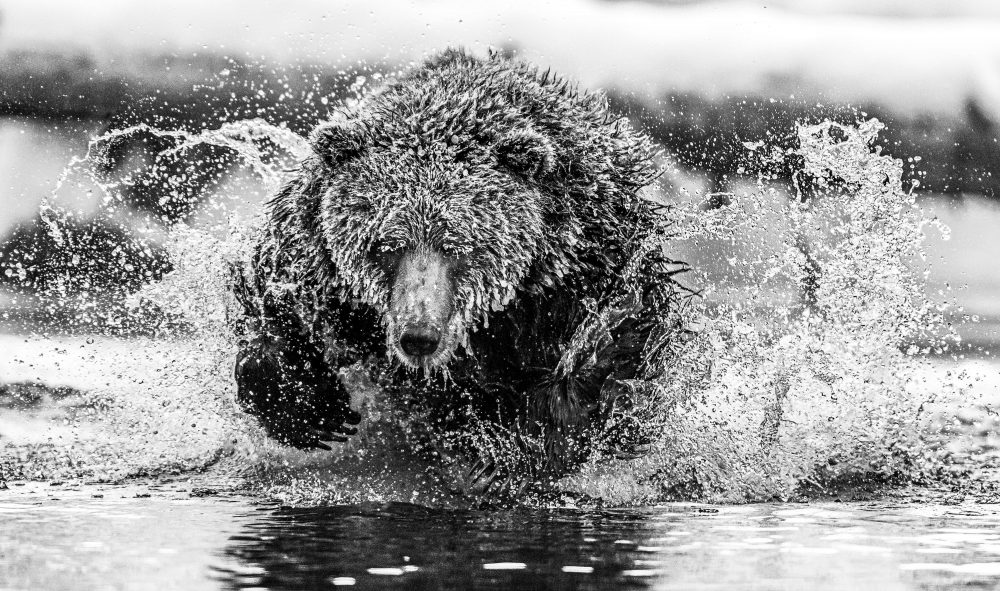
The Essence of a Wildlife Photograph
The making of a wildlife photograph is a complex, immersive journey. It begins with planning, continues with observation and patience, involves technical expertise, and ends with careful post-processing. Each stage reflects the photographer’s dedication, respect for nature, and creative vision.
For aspiring wildlife photographers, understanding this workflow is essential. It shows that memorable images are never accidental; they are earned through preparation, discipline, and a deep connection with the environment. Marko’s process demonstrates that behind every breathtaking photograph is a story of adventure, ethics, and artistry, reminding us that photography is both craft and conservation.
